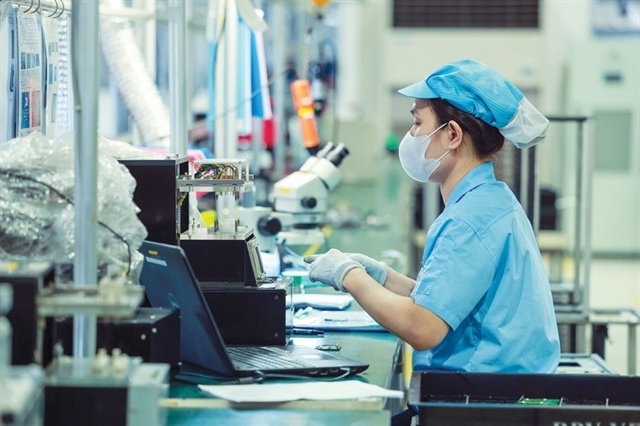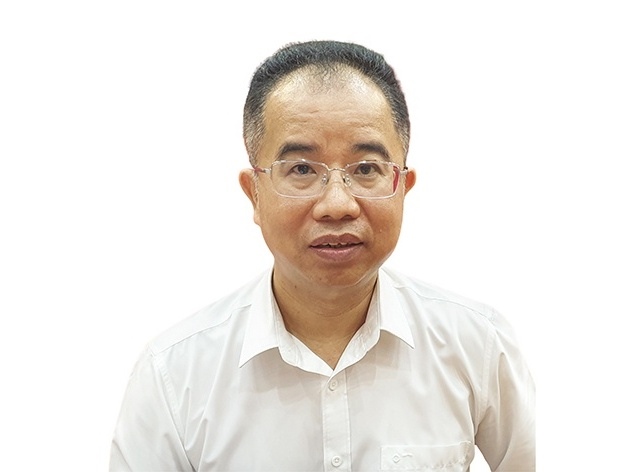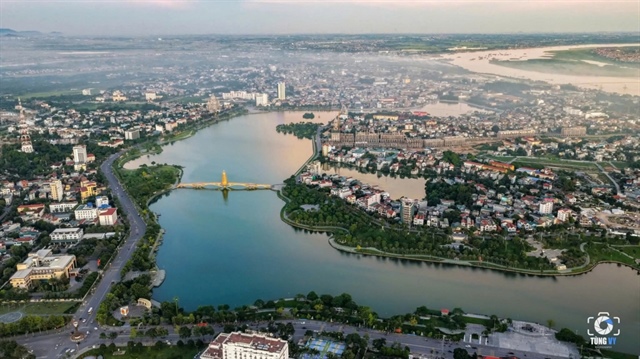Preparation for successful deal-marking
Preparation for successful deal-marking
Despite disconcerting global political events causing turmoil and affecting capital flows around the world, Vietnam remains an attractive investment destination-albeit in need of a greater push to overtake last year’s stellar performance.

Le Viet Anh Phong, head of Financial Advisory Services at Deloitte Vietnam, talked with Khanh Linh about what could provide this much-desired push and how domestic companies can increase their chances of bagging mergers and acquisitions.
What do you think about the mergers and acquisitions (M&A) trends in Southeast Asia and particularly Vietnam in the future?
2016 was peppered by unsettling global developments, with Brexit, the US election, and the slow recovery of oil prices. In the first six months of 2017, we have witnessed the return of many investors from Europe and North America into Southeast Asia. Together with investors from other Asian developed countries, such as Japan, South Korea, and China, among others, they have made Southeast Asia one of the most vibrant M&A markets in the Asia-Pacific region.
Vietnam, in particular, continues to be an attractive M&A destination. Though transaction values in the first six months show no signs of a breakthrough, the market is still very busy with a myriad of M&A transactions focusing on small- and medium-d enterprises. If the larger deals, such as Sabeco, Habeco, Vinamilk, Airports Corporation of Vietnam, and PV Oil, “detonate” as scheduled, the Vietnamese M&A market in 2017 may completely overtake the record of $5.82 billion of 2016. I really hope that Vietnam will be able to identify and quickly seize the opportunities to attract M&A capital and compete with other countries in the region because this is a golden opportunity for M&A in Vietnam.
The most active industries for M&A are still the retail sector, consumer goods, real estate, and banking. In my opinion, the breakthrough may come from the finance and banking sector, which had very few M&A deals in the past two years.
Do you have any suggestions for Vietnam to create a breakthrough in the M&A market in the future?
As you can foresee, the coming large deals are mostly related to the equitisation of state owned-enterprises (SOE) and state divestment. Despite the Vietnamese government’s efforts to accelerate this process, we must accept the fact that the progress of equitisation in recent years has been slow for various reasons. I think if the government could consider reinventing the divestment process to be more in line with international practices, which will help improve the transparency and add the agility to meet the expectation of an increasingly competitive market, this would be an important driving force to raise the M&A market in 2017 as well as in the coming years to new heights.
Clear and open policies related to the banking sector, such as non-performing loans (NPL), handling of collateral, debt trading, and limited ownership of foreign investors, will boost M&A activities in this sector, especially by strategic investors in the region.
For the private sector, focus on developing the strengths of the business is the most important item on the agenda. However, in order to be ready for M&A, companies also have to consider M&A as an integral part of their strategic development plan. Along with the implementation of this strategy, the company should invest in building good corporate governance and a solid and transparent financial reporting, which should be audited every year.
In the past few years, M&A transactions between big foreign corporations and Vietnamese counterparts have been picking up pace and momentum. How does this affect Vietnamese brands?
In my opinion, M&A between large foreign corporations and Vietnamese brands is inevitable and will continue. The majority of M&A investors will prioritise large enterprises and leading brands in Vietnam. However, this does not mean that Vietnamese brands will disappear from the shelves. If a local brand is valuable, it will be reflected in the value and terms of the M&A deal. Even after the deal is struck, I do not see any commercial or legal reasons why Vietnamese brands could not be used after M&A.
Deloitte has successfully provided advisory for numerous M&A deals between large foreign corporations and Vietnamese enterprises. What do you think Vietnamese enterprises should do to attract foreign investors and make good M&A deals?
First, Vietnamese business owners need to define their objectives in M&A deals clearly upfront so that they can come up with the right strategy. This is an extremely important step as it will determine how the M&A process will be conducted. The goal may be simply financial support, but most will require support in terms of strategy, operation, product and network development, and so on. Different M&A purposes will lead to different deal processes and target investors.
Subsequently, the company must prepared the next steps for the M&A deal, such as strengthening corporate governance as well as the management team, developing and testing a five-year business plan, improving transparency and reliability of financial information, setting up an M&A team, and seeking support from professional advisors.
As an experienced M&A advisor, we think there are many companies that are extremely good in doing business. However, to execute an M&A transaction successful, companies should retain professional advisors right from the beginning. Good preparation might just tip the scales for the deal. In fact, a deal may be completed within six months to one year, but preparation usually takes longer.
How would you define a successful M&A deal? What are the key ingredients?
In my philosophy, a successful M&A deal should be a win-win for both sides and meet the key objectives of both the company and the investor. There are five factors that help a successful M&A deal:
(1) the purposes of the company and the investor are clearly defined upfront;
(2) the M&A process is carried out professionally, transparently, and competitively;
(3) information is provided sufficiently and accurately for investors to assess the strengths and financial situation of the company;
(4) strong support and commitment from top decision-makers; and
(5) good luck or fate, call it what you will, is needed for any deal.
Where do consultants like Deloitte come in at this formula?
A good M&A advisor is a coordinator, a partner, and a connector between investors and the company throughout the M&A deal, from the formation of the M&A strategy to its completion and post M&A integration. There will always be differences in the perspectives of the seller and the buyer, so the advisor, as the bridge, will help bring the sides closer to a successful deal. Cultural differences are also an area where the advisor can assist both sides. With an M&A process run by a professional advisor that has a large global network, like Deloitte, the company can reach out to the right potential investors around the world. As a result, the process will be more relevant and competitive, and from there, the company will be able to screen and select the investor that fits best and offers the most competitive terms for the deal.




















